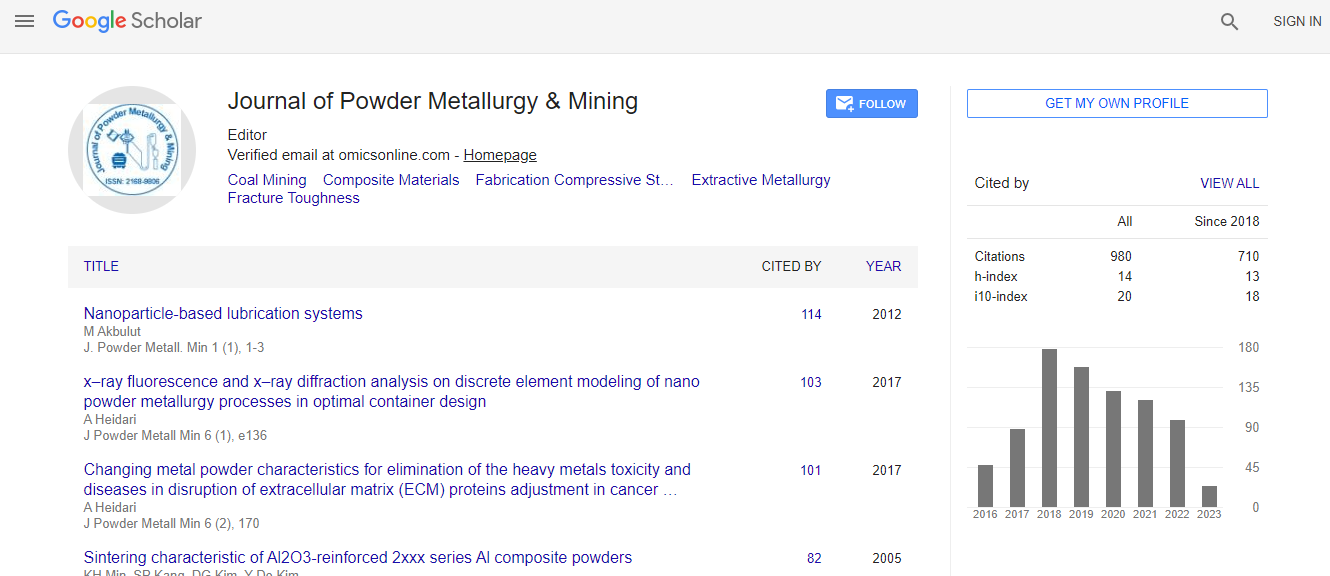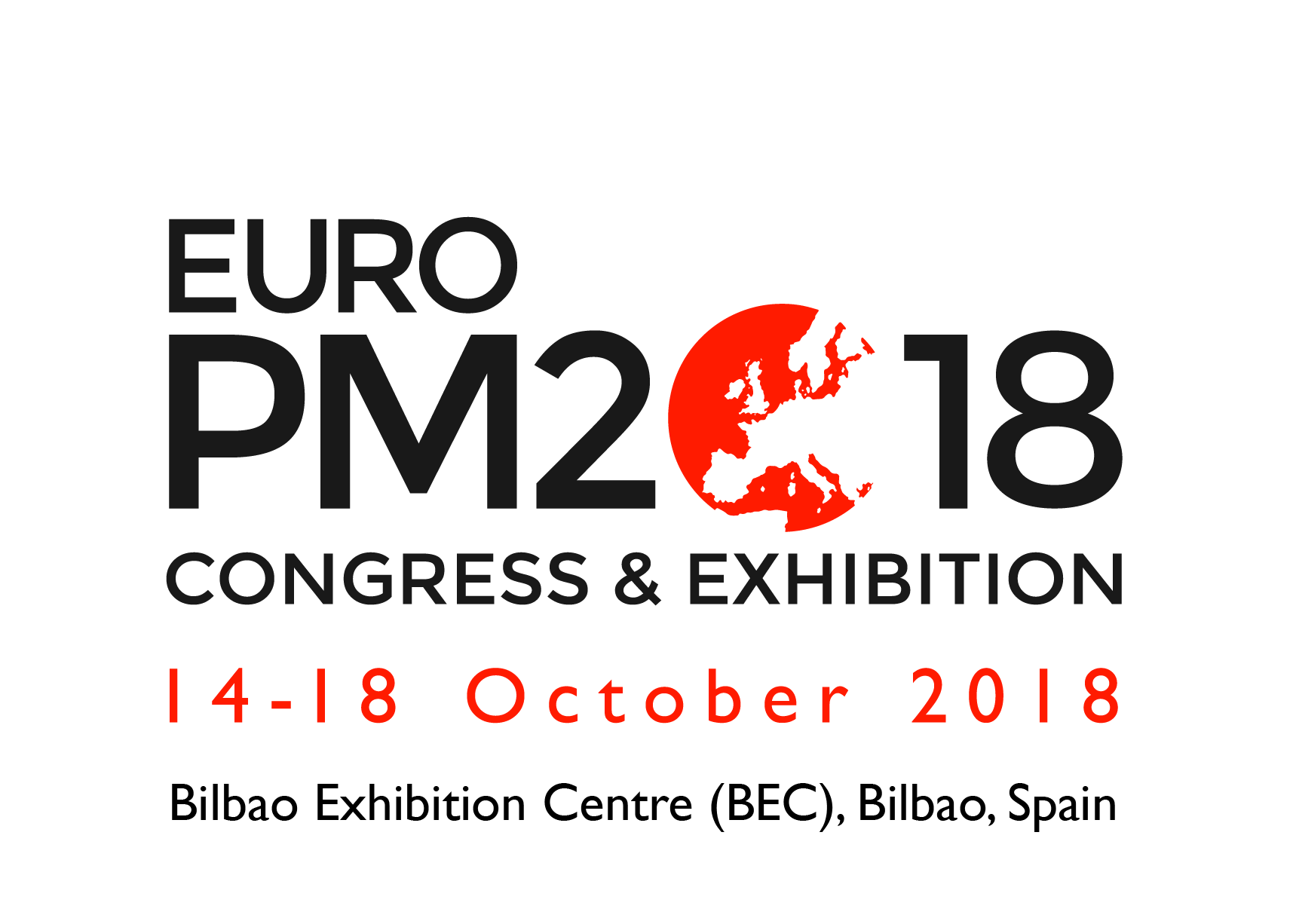Research Article
A Structure Property Processing Comparison of Cold rolled PM Copper and Cold Gas Dynamically Sprayed Copper
Paul D. Eason1*, Timothy J. Eden2, Shane C. Kennett3 and Michael J. Kaufman3
1School of Engineering, University of North Florida, USA
2Applied Research Laboratory, State College, Pennsylvania State University, PA 16801, USA
3Department of Metallurgical and Materials Engineering, Colorado School of Mines, Golden, CO 80401, USA
- *Corresponding Author:
- Paul D. Eason
School of Engineering, University of North Florida
1 UNF Drive, Jacksonville, FL 32224
Tel: +1-904-620-1875
Fax: +1-904-620-1391
E-mail: paul.eason@unf.edu
Received Date: March 20, 2012; Accepted Date: April 20, 2012; Published Date: April 23, 2012
Citation: Eason PD, Eden TJ, Kennett SC, Kaufman MJ (2012) A Structure Property Processing Comparison of Cold rolled PM Copper and Cold Gas Dynamically Sprayed Copper. J Powder Metall Min 1:101. doi: 10.4172/2168-9806.1000101
Copyright: © 2012 Eason PD, et al. This is an open-access article distributed under the terms of the Creative Commons Attribution License, which permits unrestricted use, distribution, and reproduction in any medium, provided the original author and source are credited.
Abstract
Cold gas dynamic spray processing (cold spray) is a solid-state material deposition process used for coating and repair processes in many alloy systems. Cold spray has long been proposed as a potential method for freeform fabrication. The cold spray process imparts great deformation to the impacting particles, affecting the final properties of the deposit through work hardening, grain refinement and inter-particle bonding. For the purpose of demonstrating the feasibility of cold spray as a viable freeform fabrication method, the microstructure and hardness of bulk cold sprayed samples were characterized in as received and annealed condition, then compared to cold rolled material, which was previously vacuum hot pressed from the same powder stock used in spraying. Microstructure was analyzed via scanning electron microscopy and electron channeling contrast imaging to assess grain refinement and thermal annealing response in the cold sprayed and cold rolled materials. Vickers micro hardness was measured to assess the effects of cold spray impact on the properties of bulk, as-sprayed copper relative to cold rolled copper. In postannealed materials, greater hardness is achieved with the cold spray process through the suspected mechanism of grain refinement unachievable in the rolling process.

 Spanish
Spanish  Chinese
Chinese  Russian
Russian  German
German  French
French  Japanese
Japanese  Portuguese
Portuguese  Hindi
Hindi 

